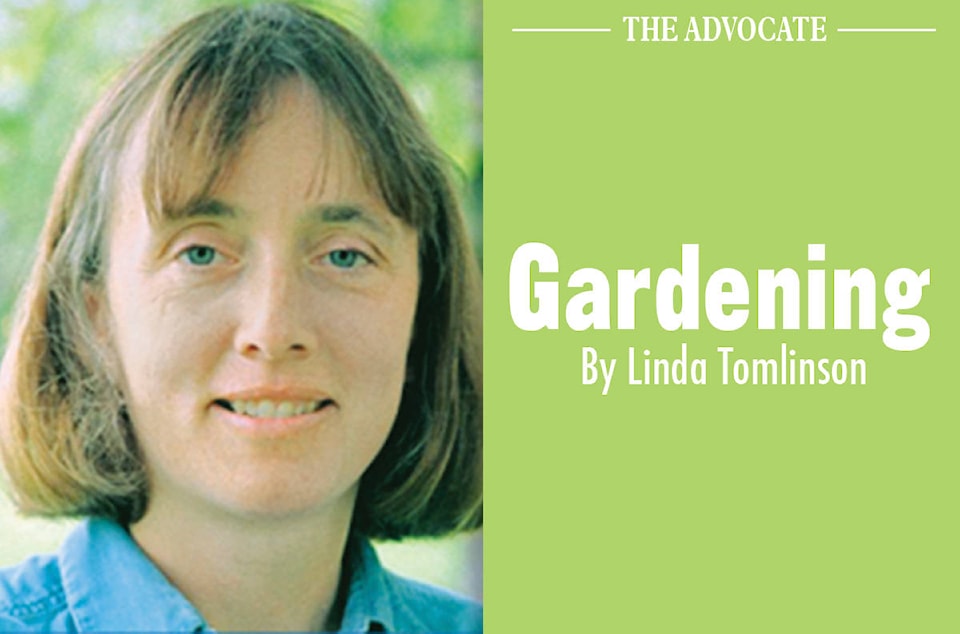People landscape to add beauty and interest to their home. During the growing season yards can be overflowing with color: trees, shrubs, flowerbeds and planters. As winter approaches the colors are muted. Deciduous trees and shrubs give off the last blast of color and drop their leaves during the first wind storm. Flowers die back and become bumps in the snow. Planters are usually cleaned and moved into a storage area.
While it is impossible to grow plants outside in the winter it is possible to add color, shape and form by adding green arrangements.
Pots of arranged evergreens can be purchased at different outlets. Before making a purchase feel the materials to make sure the branches are flexible and still contain moisture. The smaller branches and needles should be flexible and not fall when touched.
People that like to create can make their own winter arrangements in a short amount of time. Numerous varieties of evergreen branches and twigs are available at nurseries and florists. Natural areas also contain many items that enhance outside arrangements.
Colorful branches such as Roses, Red Dogwood or Birch add color and height. Look for attractive seed pods and branches that still holding fruit. Do not take branches with frozen fruit into a warm area as they will thaw and likely to fall from the branch.
When collecting in the garden keep in mind the plants shape. Do not decimate the garden for a winter arrangement.
Choose other ornamentation such as ribbons and ornaments as it will add to the overall arrangement.
Material in ditches free for the taking but use common curtesy. Do not remove plants that are close to a house or drive way. When removing a tree, cut it off at the root. Stumps are hazardous to people and machinery. Park in a safe area such as an approach and walk back to the material.
Once a fence is crossed you are on private land. Always ask the landowner for permission before crossing a fence or cutting material.
Use a container that will add to the arrangement. Summer planters can work well as long as they will not shatter in the cold.
Fill the container with a substance that will hold the branches in place. Soil, and or small rocks work well. Note that the taller the arrangement, the heaver the container needs to be to keep it balanced and upright. For a balanced arrangement the container should be shallower and narrower than the arrangement. An example would be if the container was two feet (.61 m) tall the arrangement should be three feet (.93 m) in height.
Size matters. The size of ornamentation should be in proportion to the area it is located. Placing a small basket in a large area will not have as large an impact as a larger arrangement or a number of different items placed together. On the other end of the scale, do not place a huge arrangement on a small step making the area look crowded.
If living materials are used in the arrangement, they need to have access to moisture on warm days. Water the container as needed.
Arrangements that are kept in a cooler area out of direct sunlight will last longer. Evergreens, transpire, lose moisture, all year. The transpiration rate increases in direct sunlight or in warm weather, therefore an arrangement that lasts longer when placed in a shady, cool spot.
Discard once the stems become dry or at the end of the season.
Linda Tomlinson is a horticulturalist that lives near Rocky Mountain House. She can be reached at your_garden@hotmail.com
